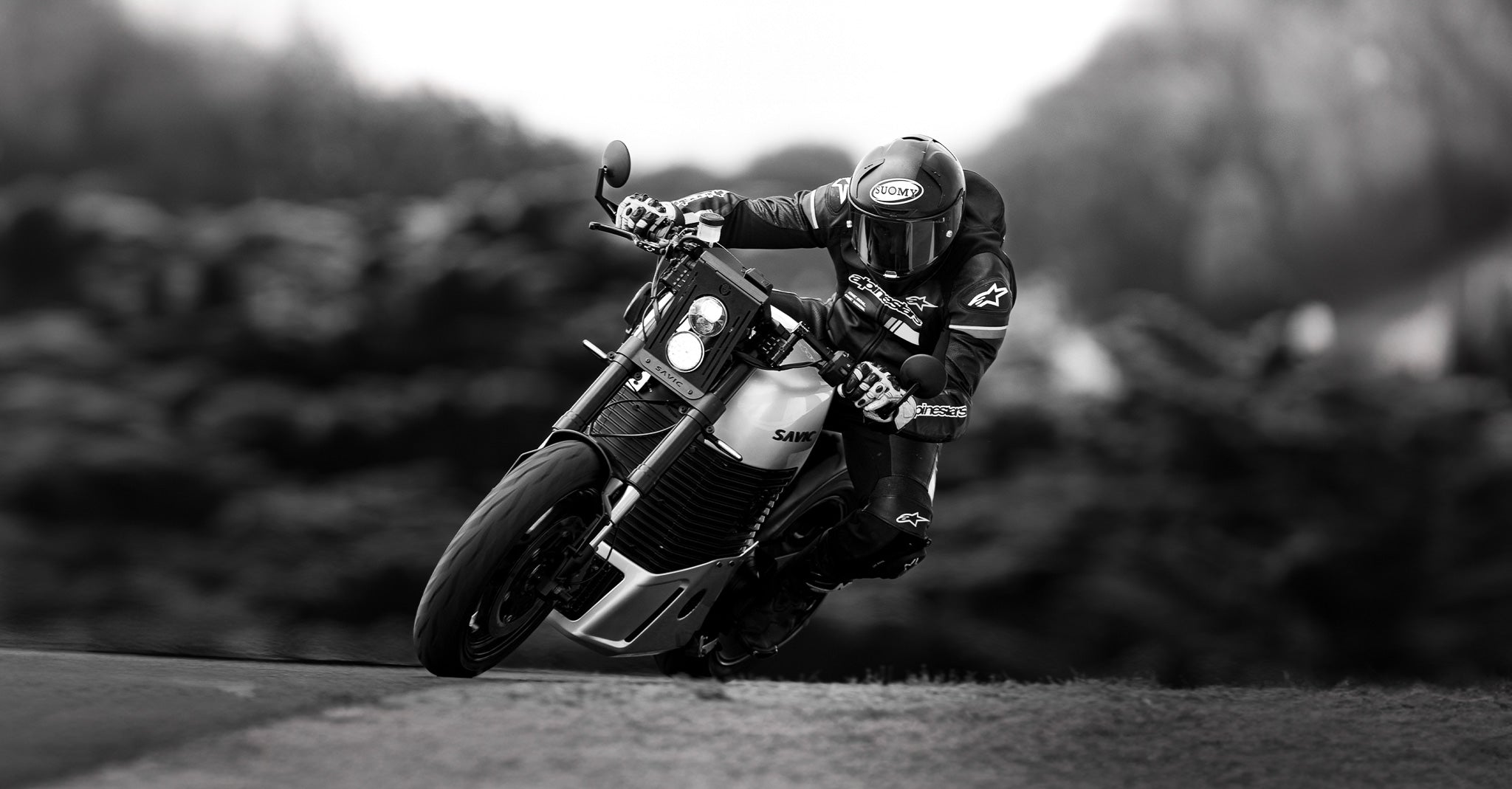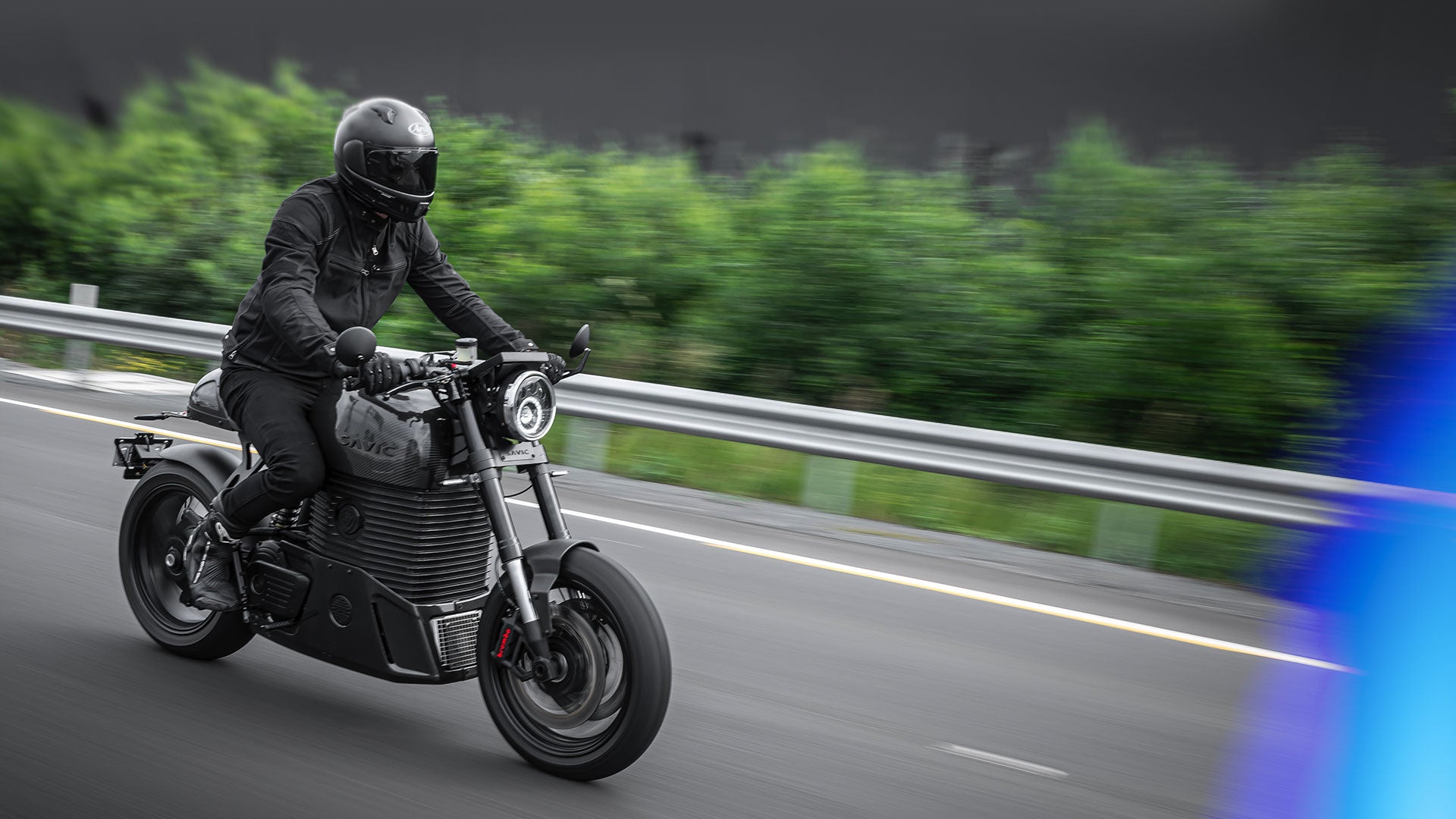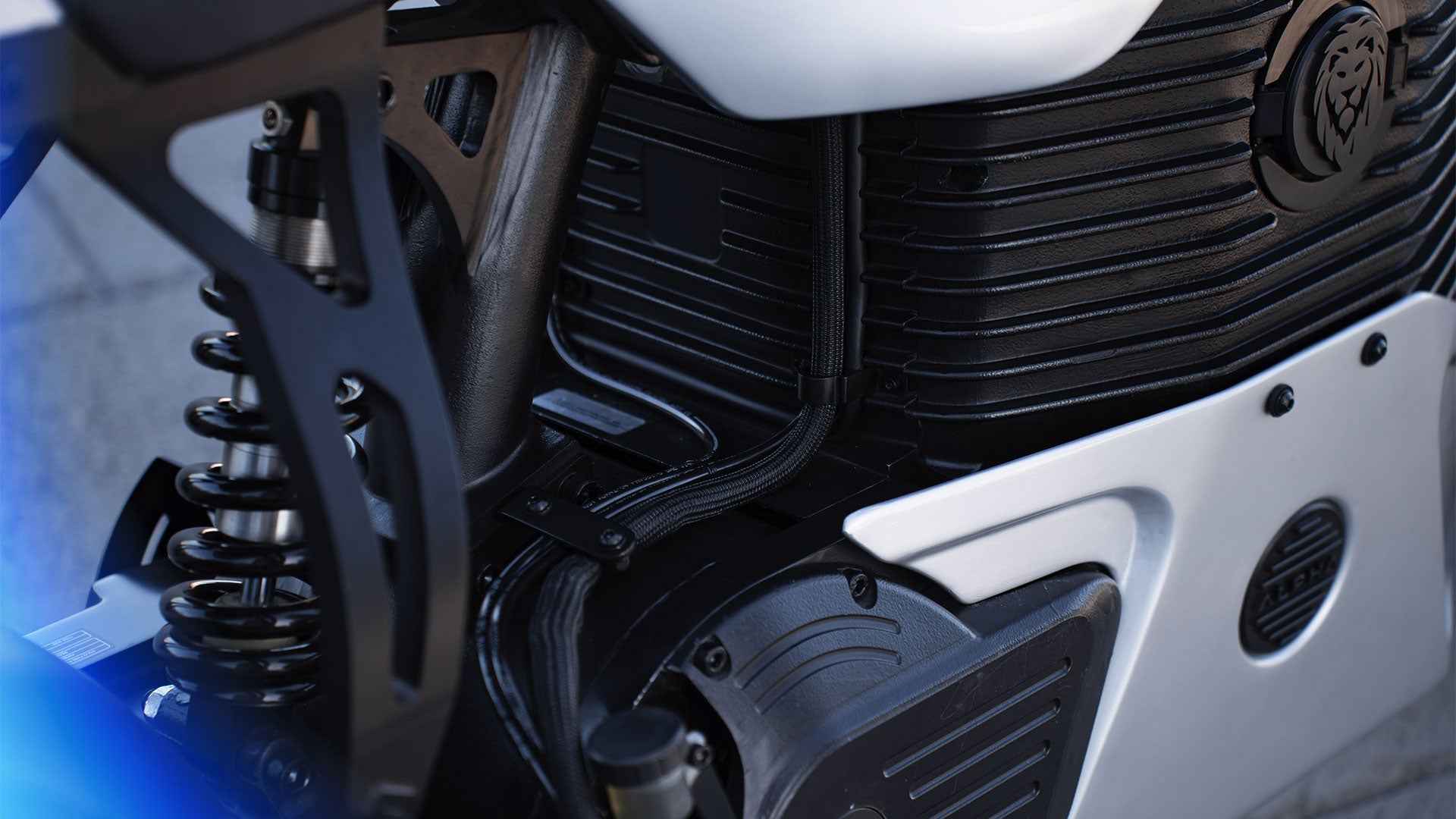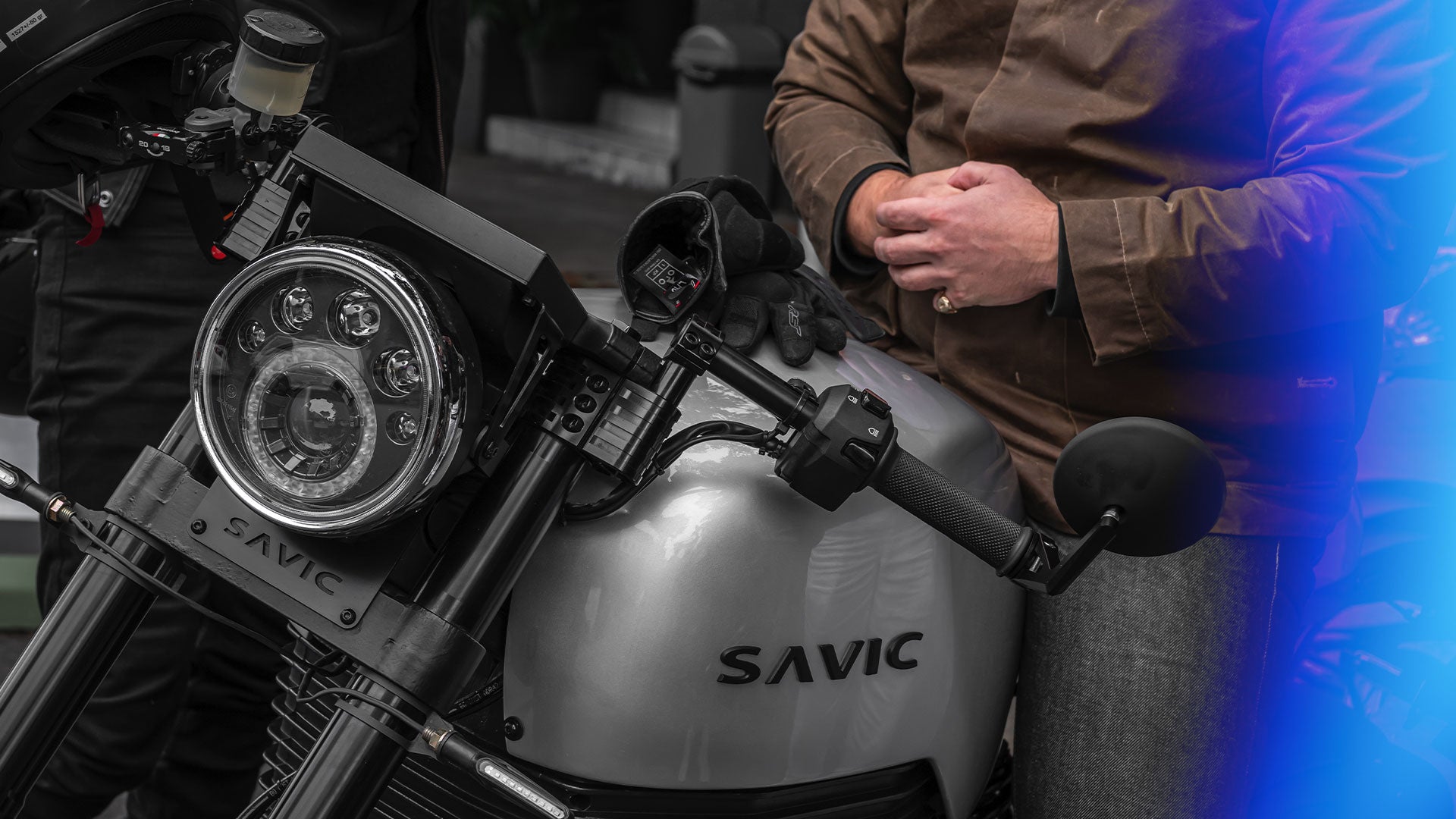The typical range of an electric motorcycle is closely linked to the technology that drives it. A motorcycle can fit only so much battery inside it, and modern-day cells can carry only so much energy per kilogram or litre. On top of that, the traction system – the motor and the motor controller, or inverter – typically feature a combined efficiency of around 90%. In future, we’ll see batteries capable of storing more energy for their size and weight, and traction electronics that will feature even greater operating efficiencies.
In regards to real-world results, there are two main contributors that reduce the range of an electric motorbike. The first is road load, which is the amount of power required to maintain a particular speed. Aerodynamic drag dictates that even though you travel the same distance doing 50km/h for an hour or 100km/h for 30 minutes, you’ll consume a lot more energy covering that distance at 100km/h.

The second factor is the use of the field weakening region, which in the case of the C-Series, won’t be entered until about 110km/h. The motor controller has a maximum voltage output, and the electric motor generates a voltage based on its operating speed (referred to as ‘back EMF’). Once the electric motor is spinning at a particular speed, its back EMF is equal to or greater than the maximum output voltage of the motor controller – and the controller is no longer able to ‘push’ current from the battery into the motor. In order to continue to generate torque and increase speed, some of this current is repurposed to weaken the field of the motor and reduce the back EMF. So rather than directly using your available energy to create torque, you’ll be using some of it to allow the rest to continue to flow.
So, in summary, if you’re trying to maximise your range, take it slow. If range is no issue for you, do what you will.






